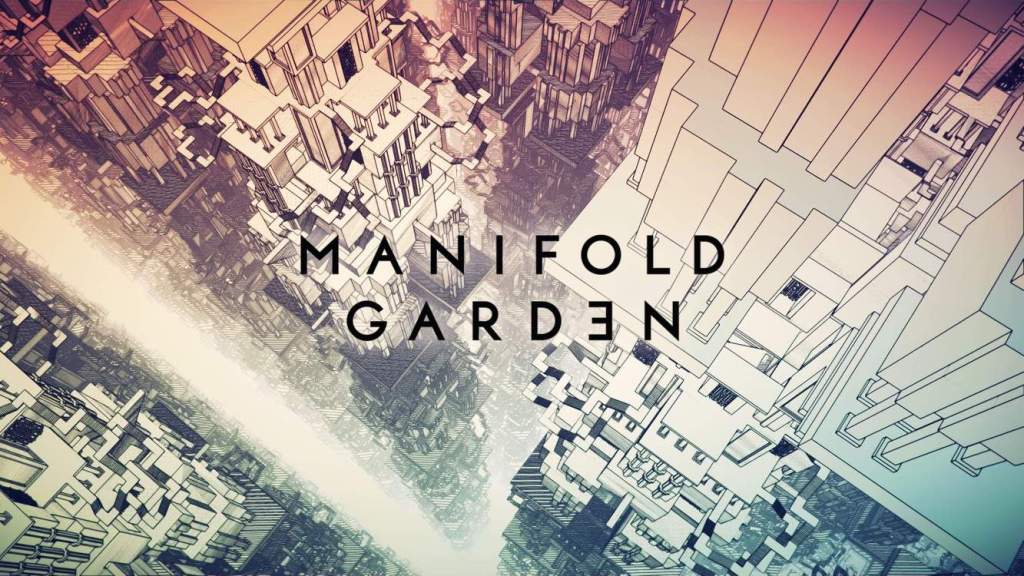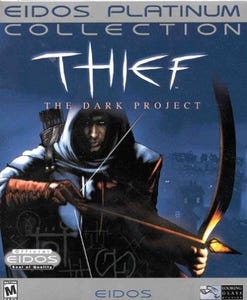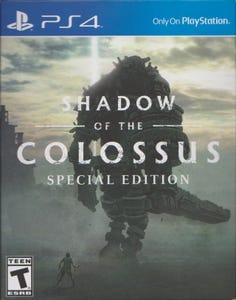X
- E
- William Chyr Studio LLC
- E
- William Chyr Studio LLC
- E
- William Chyr Studio LLC
- E
- William Chyr Studio LLC
Manifold Garden
Released On: Oct 18, 2019
85
7.7
All Platforms
View All Platforms
Metascore
Generally Favorable
Based on 22 Critic Reviews
85
86% Positive
19 Reviews
19 Reviews
0% Mixed
0 Reviews
0 Reviews
0% Negative
0 Reviews
0 Reviews
Metascore
Generally Favorable
Based on 22 Critic Reviews
85
86% Positive
19 Reviews
19 Reviews
0% Mixed
0 Reviews
0 Reviews
0% Negative
0 Reviews
0 Reviews
I have never encountered a more beautiful, entrancing and sublime gaming experience.
Manifold Garden isn’t a particularly challenging puzzle experience, but it’s an awe-inspiring and memorable one. I can’t recommend it enough.
User Score
Generally Favorable
Based on 64 User Ratings
7.7
73% Positive
47 Ratings
47 Ratings
11% Mixed
7 Ratings
7 Ratings
16% Negative
10 Ratings
10 Ratings
User Score
Generally Favorable
Based on 64 User Ratings
7.7
73% Positive
47 Ratings
47 Ratings
11% Mixed
7 Ratings
7 Ratings
16% Negative
10 Ratings
10 Ratings
The aesthetics by themselves suffice to captivate game lovers. Literally shed some blood while playing 6 hours straight. Strongly recommend.
The concept of an infinite loop has been masterfully visualized in this first-person puzzle game, creating a visually mesmerizing experience. It’s definitely worth playing, but keep in mind that the puzzles are of a high difficulty level, and some players might get motion sickness, too.
A brilliant exploration and puzzle adventure that shines for its minimalist but amazing audiovisuals.
There are no 'game over's, only a zen-like cycle until you are enlightened enough to progress beyond it. [Issue#340, p.11]
Manifold Garden is a nice and pleasant title, especially to play it off and on and avoid saturation.
Manifold Garden is very original, and not only gameplay-wise but also when it comes to its art and arquitectural design. However, we feel like its design needs some work to bring it up there with the greatest puzzle games.
This game has a concept so different to, basically, everything I've ever played. The aesthetic is amazing, and kinda reminds me to another puzzle game, Antichamber, so I started playing thinking it would be something similar to that game. To my surprise, as I said, is a whole different thing. The game immerses you into this universe in which every piece of it's intricate architecture is repeated infinitely, and its main big mechanic is that gravity can be changed depending on the pov of the player. There's no up or down.
The puzzles can be kinda overwhelming, especially at first. That's because, unlike the typical linear puzzle games that have very marked limits, you can go ANYWHERE in the map IN EVERY direction possible, so you need to find where to go and you will maybe get lost until you realize what to do. And as ive seen in youtube videos, there's more than one way to solve a puzzle which is a cool thing.
Another aspect I really liked is the music, it's beautiful and goes hand to hand with the aesthetics.
If I had to pick something I didn't like too much, it's the puzzles involving those giant colored blocks. they doesn't make you feel you are in control of them, and is very tiresome to wait till you finally stack them well. The other puzzle mechanics (the trees, the cubes, water, non euclidean geometry, etc) are really good.
I feel this review is kinda rushed but I recommend the game to everyone that likes to discover new experiences and ways to play.
What can say? Pretty "meh" in my opinion. I tried it and it was like "whatever"
Meh story, weak animations, it's just whatever. Wouldn't recommend in all honesty. But that's just me and i like quality.
Summary Manifold Garden is a first-person exploration game. Rediscover gravity and explore an Escher-esque world of impossible architecture. Witness infinity in first person, and master its rules to solve physics-defying puzzles. Cultivate a garden to open new paths forward, where an eternal expanse awaits.

Rated E
for Everyone
Platforms:
- PlayStation 4
- PC
- iOS (iPhone/iPad)
- Nintendo Switch
- Xbox One
- Xbox Series X
- PlayStation 5
Initial Release Date: Oct 18, 2019
Developer:
- William Chyr Studio LLC
Publisher: William Chyr Studio LLC
Genres:


















































